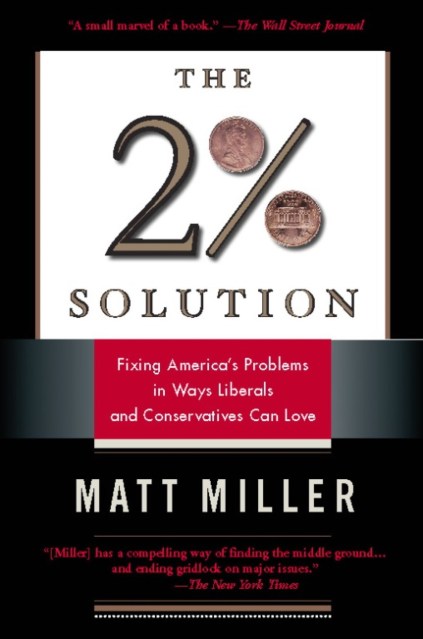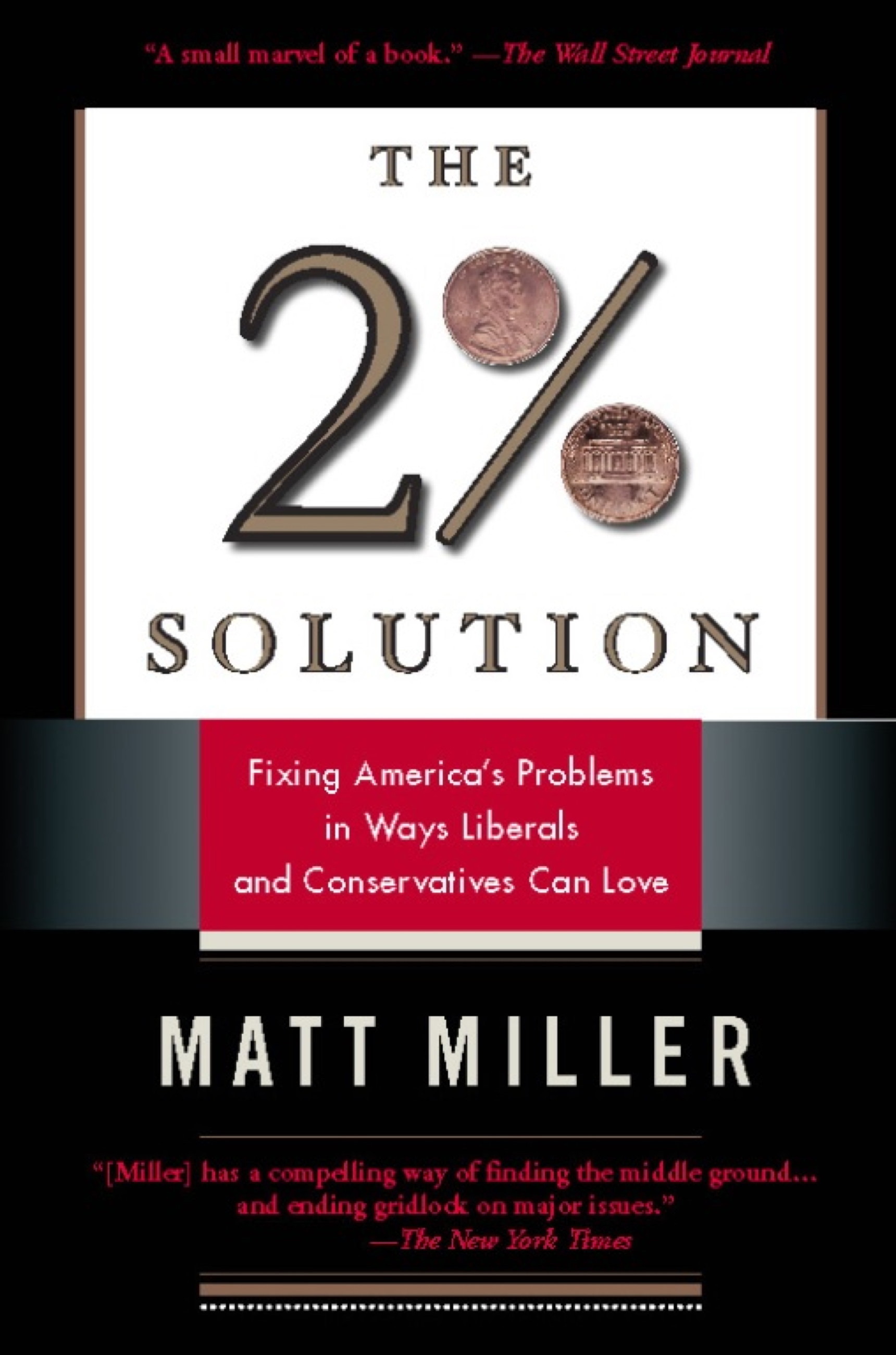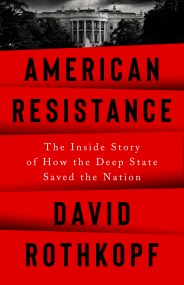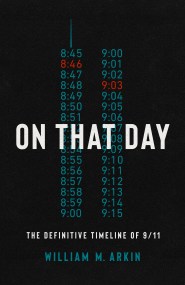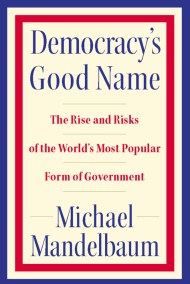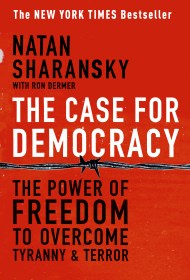Promotion
Use code BEST25 for 25% off storewide. Make sure to order by 11:59am, 12/12 for holiday delivery!
By clicking “Accept,” you agree to the use of cookies and similar technologies on your device as set forth in our Cookie Policy and our Privacy Policy. Please note that certain cookies are essential for this website to function properly and do not require user consent to be deployed.
The Two Percent Solution
Fixing America's Problems In Ways Liberals And Conservatives Can Love
Contributors
Formats and Prices
- On Sale
- Feb 2, 2005
- Page Count
- 300 pages
- Publisher
- PublicAffairs
- ISBN-13
- 9780786739714
Price
$11.99Price
$15.99 CADFormat
Format:
- ebook $11.99 $15.99 CAD
- Trade Paperback $21.99 $28.99 CAD
This item is a preorder. Your payment method will be charged immediately, and the product is expected to ship on or around February 2, 2005. This date is subject to change due to shipping delays beyond our control.
Buy from Other Retailers:
Between our proper intuition that 2 percent is a small amount, and the Washington consensus that a 2 percent shift in priorities is beyond imagining, lies the opportunity to transform American politics. In this agenda-setting book, Matthew Miller challenges our country (and those who would lead it) to change the way we think about our public responsibilities before the baby boomers’ retirement siphons all the money out of the system. The Two Percent Solution is a call to arms that no serious candidate, Republican or Democrat, can afford to ignore.
Newsletter Signup
By clicking ‘Sign Up,’ I acknowledge that I have read and agree to Hachette Book Group’s Privacy Policy and Terms of Use
